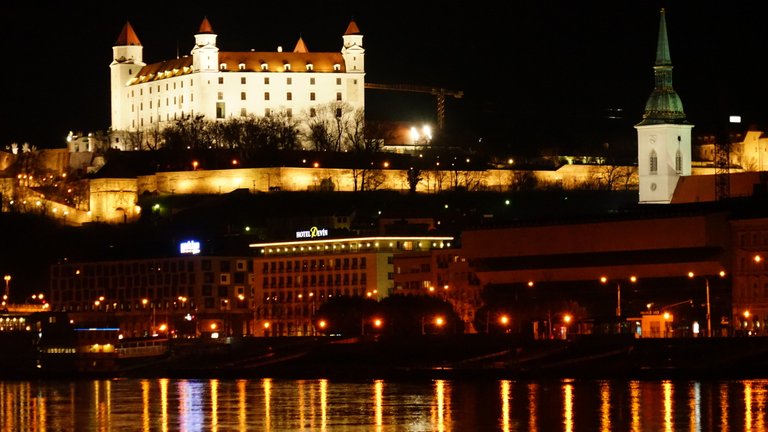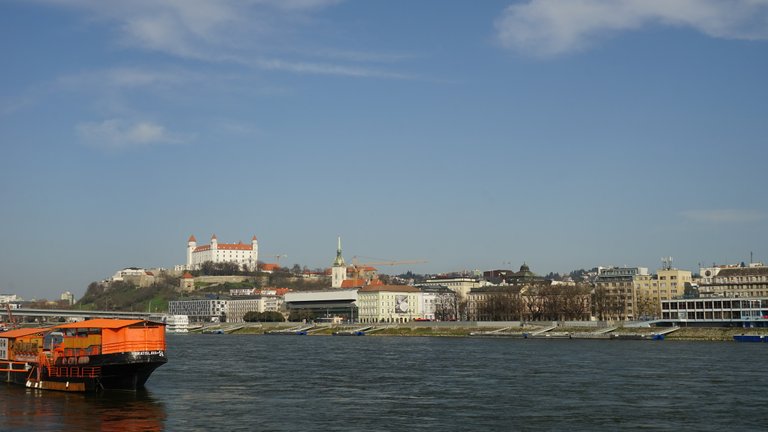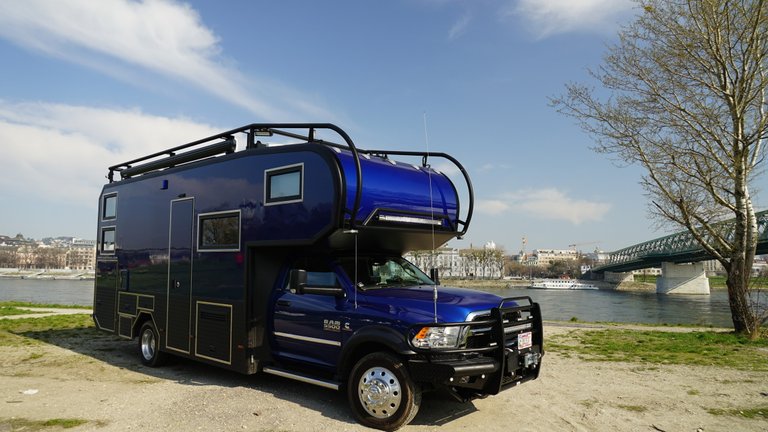Being from Czech, our very first trip started in neighbouring Slovak Republic. We spent night in Bratislava, visited the castle and enjoyed some nice walks around this beautiful city.
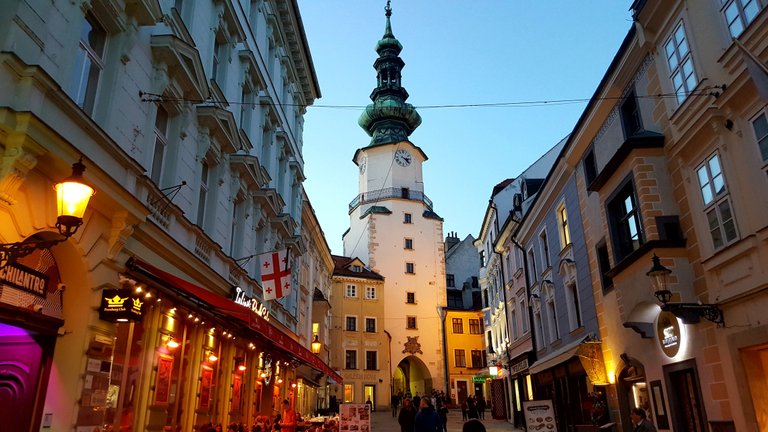
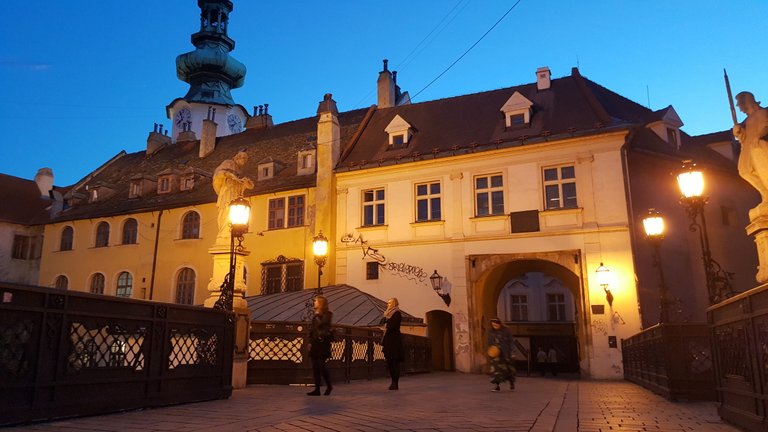
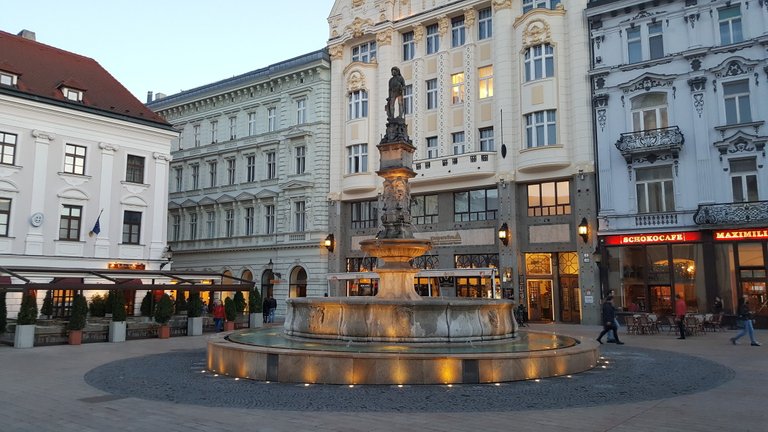
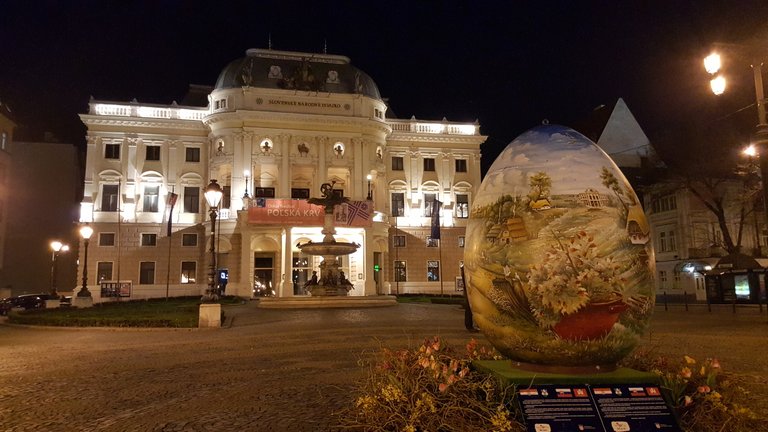
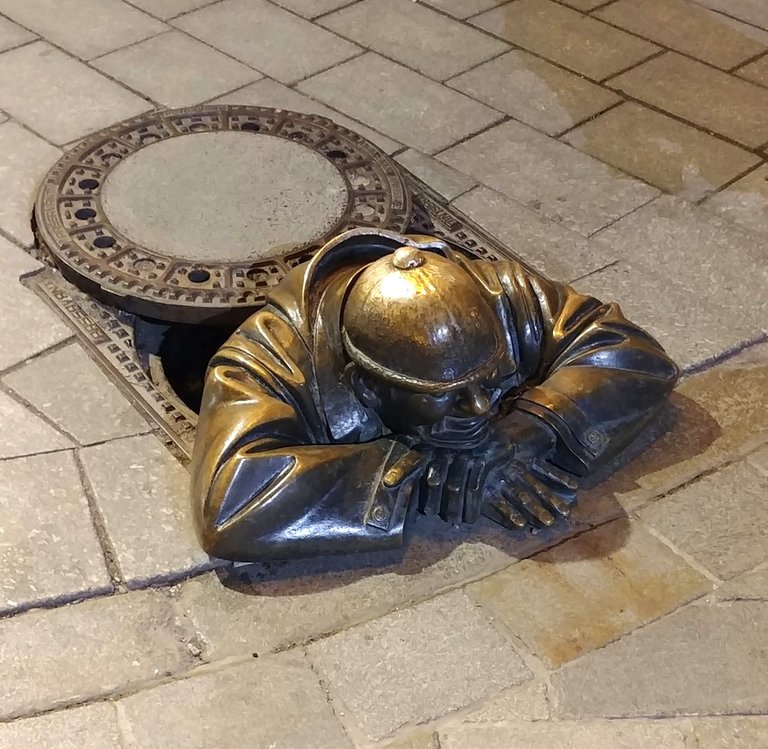
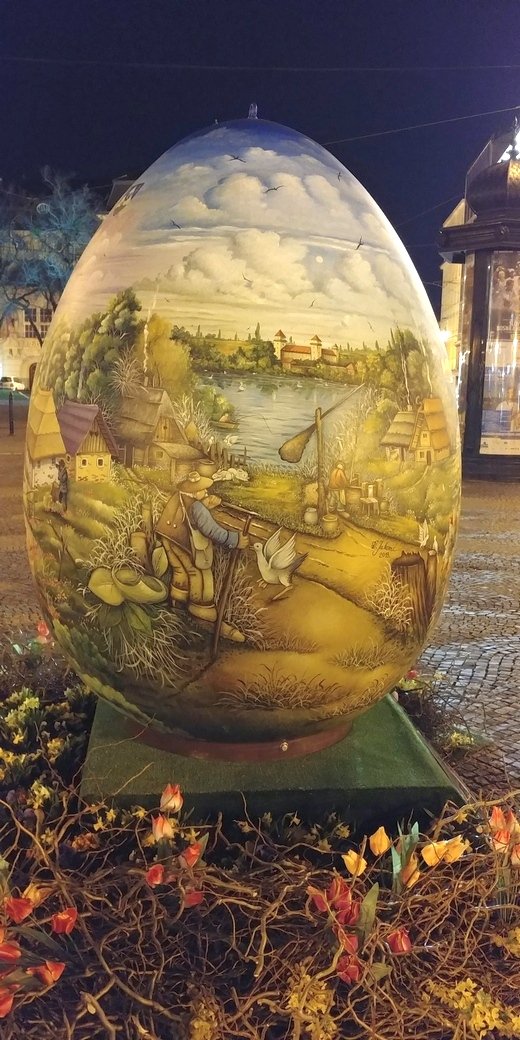
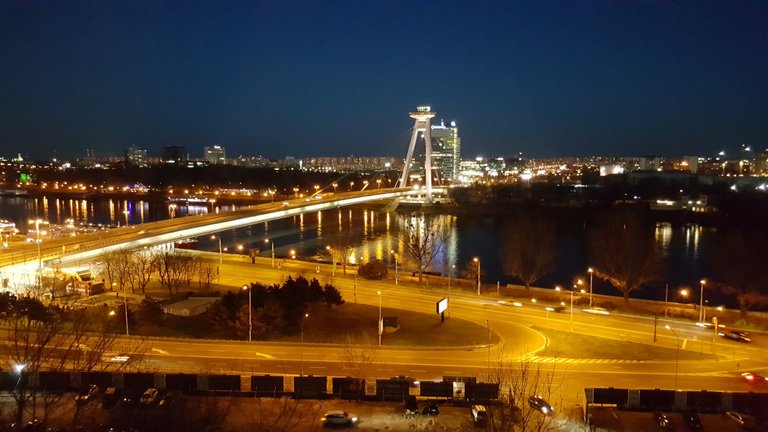

History
Probably most significant period in Bratislava’s history was from 1563-1830, when it became the coronation city of the Hungarian Kingdom. On top of cathedral tower of St Martin’s Cathedral there is still a 150kg-gilded copy of St Stephen’s crown (the Holy Crown of Hungary).
For the next few centuries Bratislava thrived. Castles, churches, state buildings and the population all drastically increased in numbers. City became a common residence for many other social elites, such as archbishops.
The conclusion of World War One saw the collapse of the Austro-Hungarian Empire. Bratislava then became a part of the newly formed Czechoslovakia. It wasn’t until 1919 that the city formally adopted the name Bratislava. As we mentioned earlier, it had previously been known as Pressburg (its German name) or Pozsony (its Hungarian name).
In 1993, Czechoslovakia split. Slovakia became a Republic, and Bratislava was named the nation’s capital.
Fun Facts
- Bratislava is the capital city of Slovakia. It is estimated that over 500,000 people live in the city.
- Bratislava is the only one European capital city, which borders with two other countries - Hungary and Austria.
- Bratislava and Vienna are the closest two capitals in Europe - only 60km far away from each other.
- Petrzalka - the largest borough of Bratislava - is the most densely populated residential district in Central Europe.
Parking
We found great parking spot even for vehicles of our size on the bank of the river overseeing Bratislava castle. It was nice breakfast in the morning with such view.
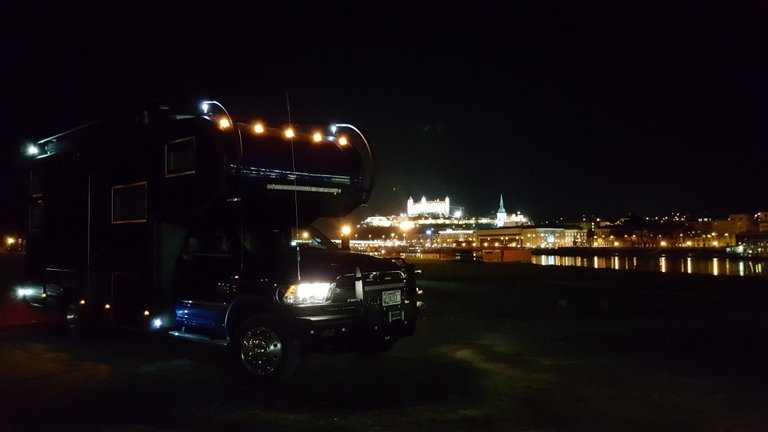
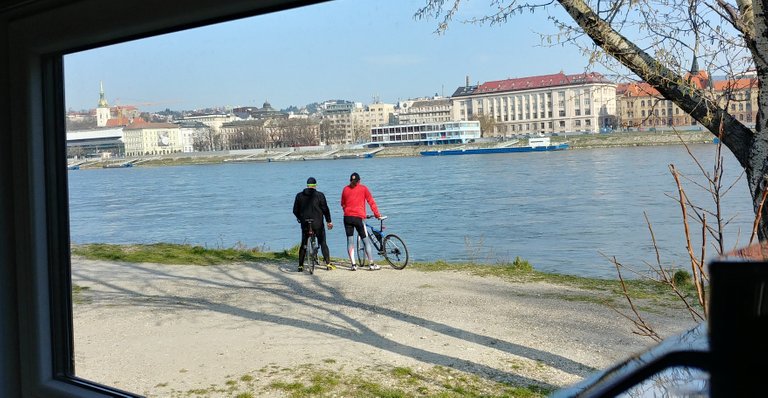
GPS :
N 48°8’12.4764” E 17°6’51.1236”
48.136799,17.114201
